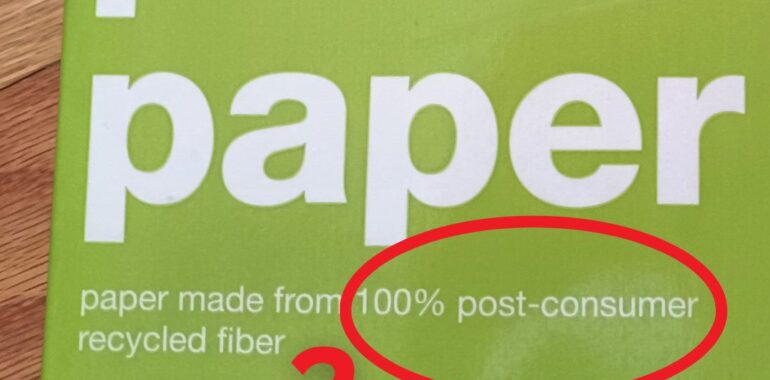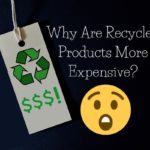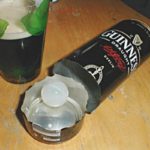What Does “Post Consumer Recycled” (PCR) Mean?

What Does “Post Consumer Recycled” (PCR) Mean?

When you buy a product that touts its recycled content, you may see terms like “30% pre-consumer recycled content” or “50% PCR” or “made from post-industrial recycled content.” What do all these terms mean? Let’s discuss the difference between pre-consumer, post-industrial and post-consumer recycled.
The difference in these terms basically comes down to one factor: Where does the recycled material come from? Some materials have actually been used out in the world at least once and then are returned to be processed into something new. That’s the type of recycling most of us think of. But manufacturers also recycle material from their own facilities that has never made it to the consumer, like scraps of plastic left over after products have been cut, printed materials that didn’t make it past quality control, and so on.
Pre-Consumer and Post-Industrial Recycled
These two terms essentially mean the same thing. It’s the recycling of content that never made it to the consumer yet, like scraps left over from the manufacturing process, products with defects that can’t be sent to market, etc. Seeing “30% Pre Consumer Recycled” or “Post-Industrial Recycled” on a product doesn’t mean much because it’s material that most manufacturers would be reusing anyway because it’s clean, recovered from their own facility and requires little effort on their part.
Post-Consumer Recycled (PCR)
This is material recycled from products that have been out in the marketplace and returned to a manufacturer to process and give it a second life, like the items you put in your curbside bin. This is the type of recycled content that is the most meaningful, as it involves reclaiming used materials, keeping them out of the landfill, giving them a new life. This saves energy, reduces greenhouse gas emissions and reduces the need to harvest and mine new raw materials.
Takeaway
When buying products, look for the term post-consumer, or the acronyms PCR or PCW (post-consumer waste). The higher the percentage of PCR/PCW materials used in an item, the better.
Note: Be aware that 100% post-consumer recycled content may not be achievable for all products, since the process of re-melting and recycling materials like plastic changes its flexibility and strength.





